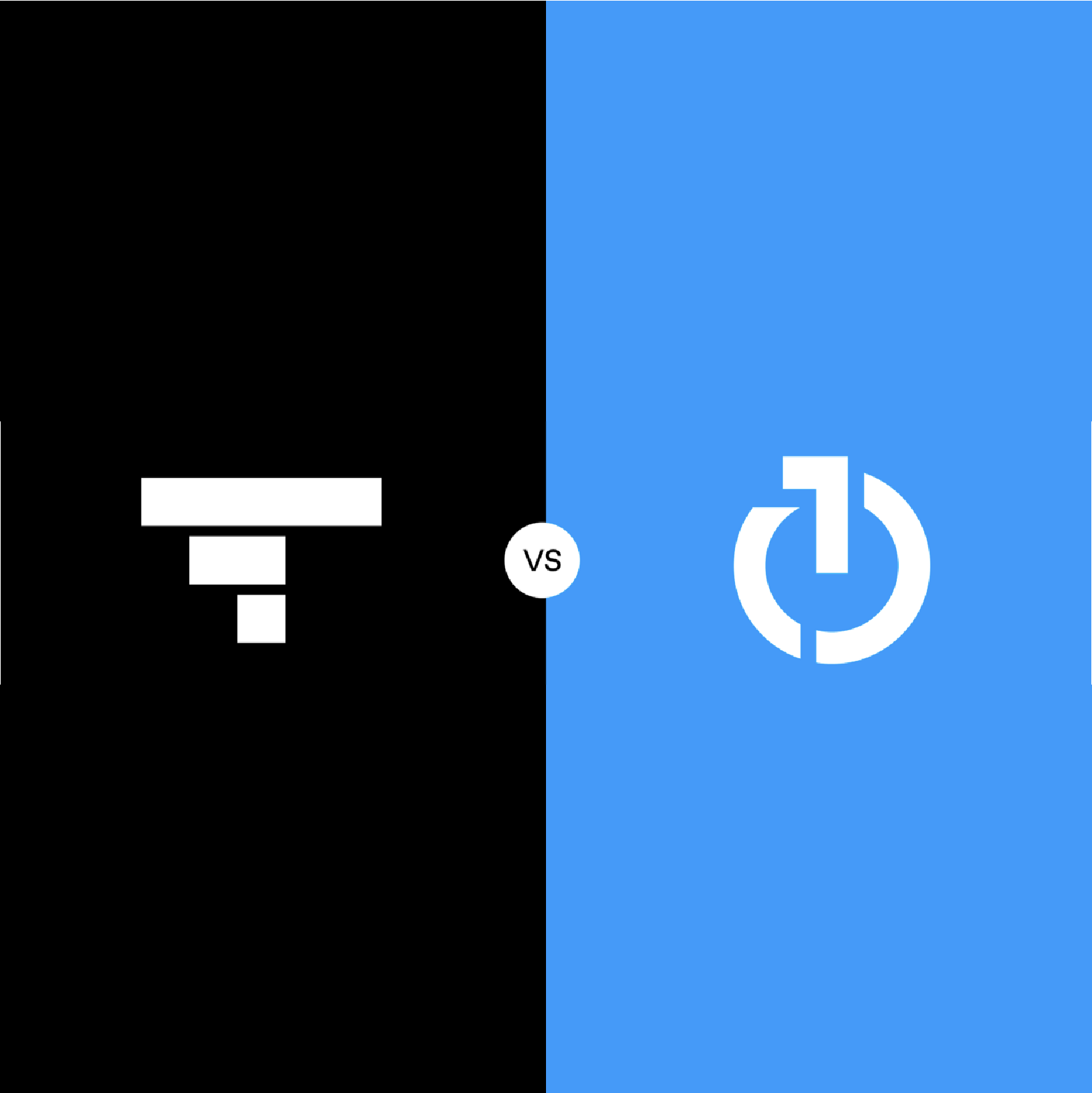
TV advertising measurement: Two steps forward, one step back
To date, TV has mostly been measured through a baseline and lift model. It is a framework that works well for linear TV, since many people watch the same program and advertisements at the same time. As such, even if only a small fraction of viewers responded to the ad, the lift is still visible and noticeable above the baseline.
This traditional framework is increasingly effective, owing to the availability of more data and improved analytics. It was most recently reinforced with data from smart TV providers. This allows advertisers to approach TV measurement as if it were a digital campaign, including leveraging IP-level data in a closed-loop attribution model and calculating delayed lift or reach and frequency with deadly accuracy.
Such measurements, done in near real time and available in beautiful online dashboards, is what TV advertisers rightfully demand. They want to drive their TV campaigns as if they were digital. As a whole, the measurement of TV advertising has made significant progress in the last 10 years.
TV-viewing behavior, however, is changing rapidly and undermines recent accomplishments. Consumers want their content on-demand, whether delivered through over-the-top (OTT) via Hulu, for example, through connected TV (CTV) with a Roku device or through video on-demand, such as HGTV or AMC. While on-demand is thought to be mostly viewed on mobile and tablet devices, the big screen in the living room is still the preferred consumer experience. Therefore, measuring response from on-demand TV cannot be done effectively by tracking “clicks on the screen” or a typical digital-response model.
This is where it gets tricky: The traditional measurement system built on a baseline and lift model is completely thrown out of the window if all ad viewing is time-shifted. Worse, data from smart TV providers cannot close this gap. There’s simply not enough household coverage to collect sufficient IP-level data to assess an OTT or connected-TV campaign, which in itself is also small compared to its linear cousin. For all the recent advances and promises in IP delivery of TV, the paradox is such that ad measurement is at the risk of regressing. We’re potentially taking one step back.
To date, OTT and CTV providers have been able to sell their limited inventory on a vague CPM or impression promise but without further demonstration of real results, such as sales or installs. TV advertisers will, however, be more willing to follow cord-cutters and reallocate their marketing dollars away from linear TV if it comes with the promise of more (and better) data.
By this, I don’t mean aggregate data but rich IP-level reporting, done in a privacy-safe way. That is the only way to obtain true measurement, meet TV advertiser expectations and put the OTT and CTV measurement back at par with linear TV. To steal budget from linear television, VOD, OTT and CTV providers will need to pair their advertising packages with IP-level data reporting. If there’s a silver lining around the cloud, it’s that the required technology to do so – using VAST tags, for example – is in place and well understood.
Many big OTT, VOD and CTV players see this as an opportunity to fill increasing inventory capacity with rising viewership, while smaller players may be able to fast-launch their ad business. Those that fail to seize the opportunities may jeopardize TV measurement in the short term and over time will have no choice but to meet the demand of those who ultimately pay the bills: TV advertisers.
This article was written by our CEO and co-founder, Philip Inghelbrecht, and has originally appeared in AdExchanger.

Philip Inghelbrecht
I'm CEO at Tatari. I love getting things done.
Related
What Advertisers Need to Know About TV Sports Advertising in 2026
TV sports advertising in 2026 is being reshaped by streaming, fragmented media rights, and rapidly changing ad prices. This guide shows advertisers where sports audiences live and how to buy across leagues effectively at any budget.
Read more
Why Q5 Remains One of The Most Wonderful Times of Year to Advertise on TV
Q5 isn’t a post-holiday lull—it’s a hidden goldmine where TV CPMs drop, engagement spikes, and smart brands grab premium inventory before the new year hits. Discover why this overlooked week can deliver some of the best performance of the entire season.
Read more
Tatari vs. The Trade Desk: Which Platform Delivers Better TV Buying and Measurement Across Linear, CTV, and OLV in 2025
Tatari and The Trade Desk both enable data-driven TV advertising, but they differ in focus and transparency. The Trade Desk is a programmatic DSP built for digital media, while Tatari is purpose-built for TV buying and measurement across linear, CTV, and OLV. Tatari offers direct publisher access, transparent pricing, and advanced attribution through incrementality and modeled ROAS. For advertisers seeking measurable outcomes and accountability in TV, Tatari delivers the strongest performance and control in 2025.
Read more


